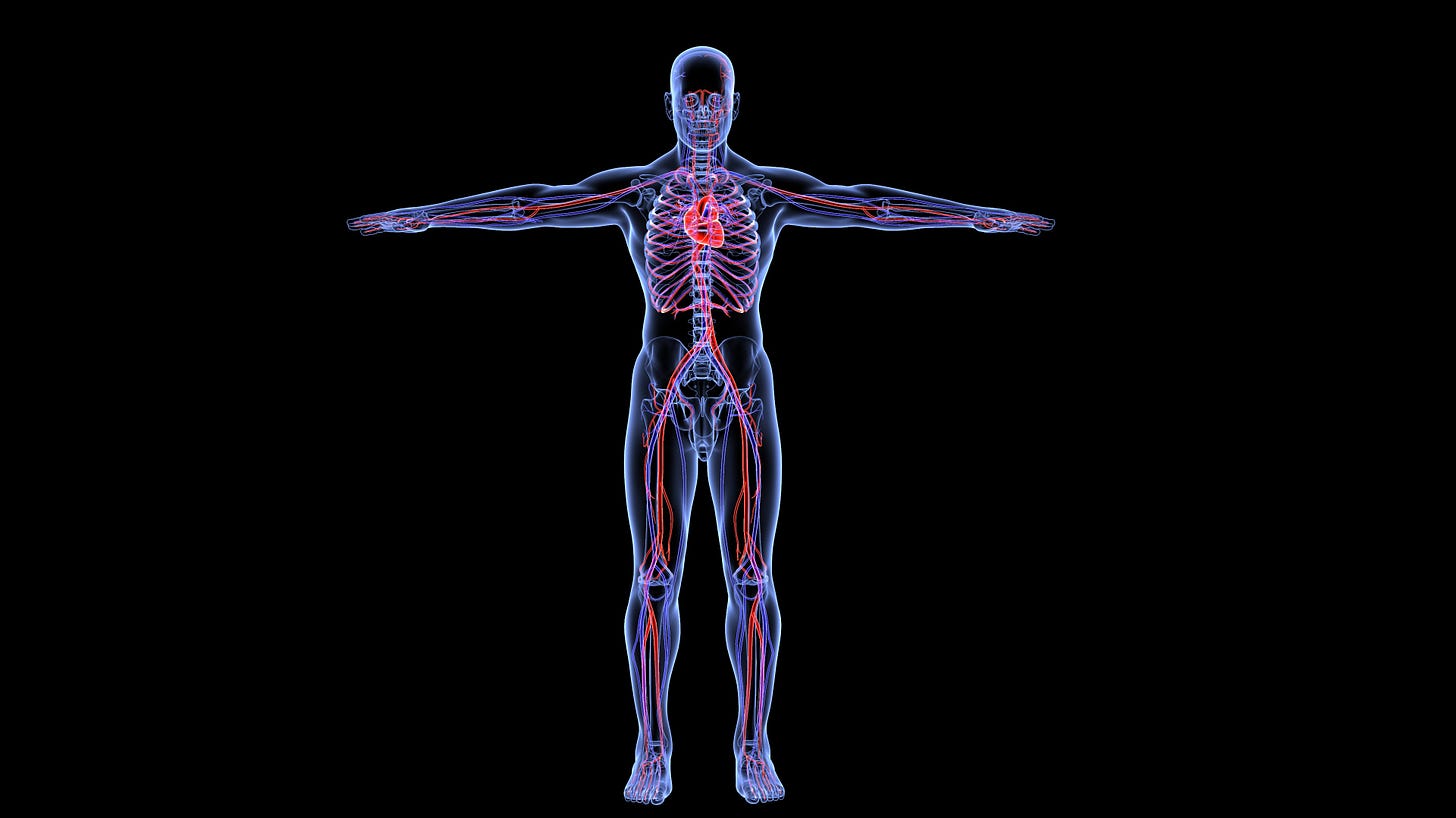Effect of Qigong on the Pulse and Blood Supply of the Whole Body
Have you ever wondered about the remarkable effects of Qigong on your body's vital systems? Qigong, an ancient Chinese practice that combines meditation, breath control, and gentle movements, has been recognized for its profound impact on overall health and well-being. In this blog post, we delve into the fascinating effects of Qigong on pulse and blood supply, as well as its influence on the intricate microcirculation system.
Pulse and Blood Supply: A Window into Qigong's Power
For countless years, practitioners and researchers alike have marveled at the transformation that takes place within the body during Qigong practice. One remarkable cardiovascular indicator that sheds light on the depth of this transformation is finger pulsation amplitude. When a Qigong practitioner enters the meditative state, it takes only 2–3 minutes for their finger vessels to start dilating, resulting in an increase in pulsation amplitude. This effect reaches its zenith after approximately 10–15 minutes, with blood vessels expanding to twice their normal size on average—sometimes even quadrupling or quintupling their original dimensions. This altered state persists for approximately 10 minutes after the Qigong practice concludes, gradually returning to normal levels. However, some exceptions do exist, with instances of either no change or even a decline in pulsation amplitude.
Notably, practitioners of Relaxing Quiescent Qigong experience an increase in finger pulse amplitude accompanied by a decline in the pulsation of the temporal artery and an increase in the resistance of cerebral vessels. This intriguing shift in blood flow suggests a redistribution of blood throughout the body, indicating that Qigong's influence goes beyond mere relaxation.
Moreover, traditional Chinese medicine (TCM) pulse diagnosis offers valuable insights into the effects of Qigong. By palpating three different locations over the radial artery on both wrists, TCM practitioners assess various organ functions. During Qigong practice, subjects typically exhibit a slippery pulse, a phenomenon that appears and disappears fleetingly. This unique occurrence aligns with the saying, "The slippery pulse comes as soon as Qi arrives and disappears as soon as Qi goes away." It demonstrates that the manipulation of internal Qi not only guides Qi and blood to specific areas but also causes variations in the pulse at Cun-kou, the convergence of pulses.
To validate these observations, researchers used an electro-pulsograph to study the pulse manifestation of two Qigong masters proficient in different Qigong methods—Internal Nourishing Qigong and hard (martial) Qigong. When these masters consciously directed Qi to specific areas such as the chest, upper abdomen, or lower abdomen, corresponding variances occurred in the related pulse locations. Intriguingly, the hard Qigong master exhibited more significant variations than the Internal Nourishing Qigong master. These experimental results lend support to TCM's pulse manifestation theory, linking Cun-kou pulse to Zang-Fu organs and offering a bridge between TCM theory and Qigong practice.
Enhancing the Microcirculation System: Qigong's Impact
The term "microcirculation" refers to blood circulation between micro-arteries and micro-veins, primarily involving capillaries. Qigong has been shown to significantly improve microcirculation by altering blood viscosity, increasing blood vessel elasticity, and regulating platelet concentration. It also induces thickening of arterial vessels and increases the percentage of normal blood loops in patients with abnormal microcirculation.
For instance, consider the case of hypertensive patients with abnormal microcirculation identified through capillary loops on the nail bed. Before Qigong practice, 67 percent of these patients exhibited this abnormality, a rate significantly higher than that in normal individuals. However, after engaging in Qigong practice, this abnormality dropped to just 31 percent—a remarkable improvement.
Researchers also conducted a study to examine changes in nail microcirculation in normal individuals after 30 days of Qigong practice. Before the practice, 42 out of 154 capillaries under observation were crossed, and 34 were deformed. After the Qigong practice, the number of crossed and deformed capillaries decreased by 14.3 percent and 11.2 percent, respectively. This demonstrates Qigong's effectiveness in enhancing blood flow rates, as 80 percent of the vessels in the granular linear stream reduced to just 20 percent after Qigong practice. These findings suggest that Qigong practice holds promise for individuals suffering from degenerative changes in blood vessel walls or sluggish blood flow.
In conclusion, the impact of Qigong on the pulse, blood supply, and microcirculation is nothing short of astounding. Through its ability to regulate blood flow and enhance microcirculation, Qigong presents a holistic approach to improving overall health and vitality. So, the next time you engage in a Qigong practice, remember that you're not just calming your mind and body—you're also setting in motion a cascade of physiological transformations that promote well-being from within.
References:
Lin, Yagu. Encyclopedia of Chinese Qigong. Nanjing: Nanjing University Press, 1993.
Chinese Medical Qigong. Jessica Kingsley Publishers. Kindle Edition.
For more information on how practices like Qigong and meditation influence mental and physical health, please head over to www.jadedragon.org.
If you found this post informative, we kindly request you to like, comment, subscribe, and share it with your friends and family. Spreading the word will help us reach more people, offering them the potential for improved health, strength, and peace of mind.





